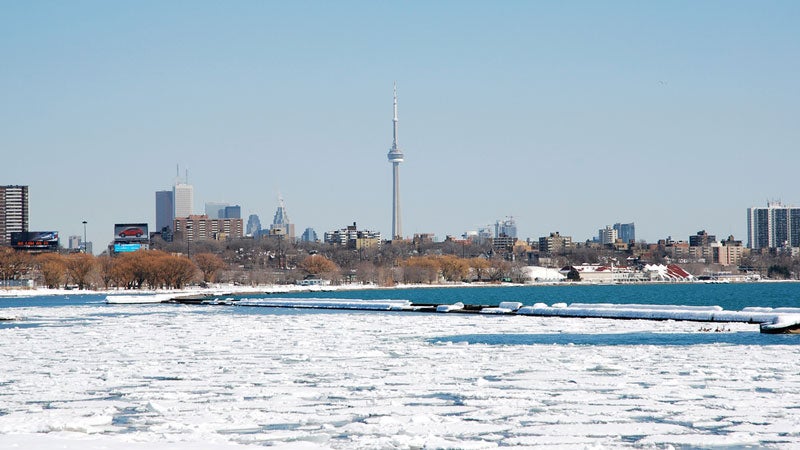Ever ahead of the cold-weather curve, around Toronto and Ontario. The frost quakes make their presence known in the form of a loud booming sound that can be mistaken for an explosion.
Also known as a “cryoseism,” a frost quake occurs when water penetrates the soil and then rapidly freezes. With temperatures in the area reaching minus four degrees Fahrenheit, the quakes are becoming more frequent.
“Water expands when it freezes and when it expands in frozen soil it literally puts a lot of stress on that dirt and will release that energy all of a sudden, very much like an earthquake releases that energy and shifts the ground,” .
Although frost quakes can be startling, they are not a threat to people or even structures. , cryoseisms release very little energy compared to a true earthquake and their vibrations tend to dissipate after a just a few hundred yards.
Nonetheless, they are still very rare. The Toronto Star spoke to Environment Canada Meteorologist Geoff Coulson, who said that this was his first experience with the phenomenon in nearly 30 years.


